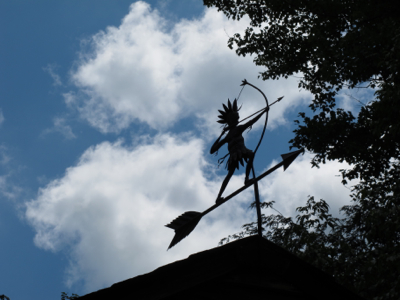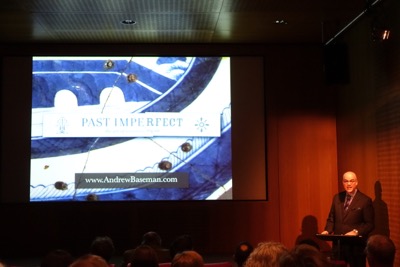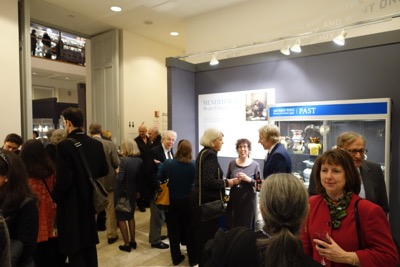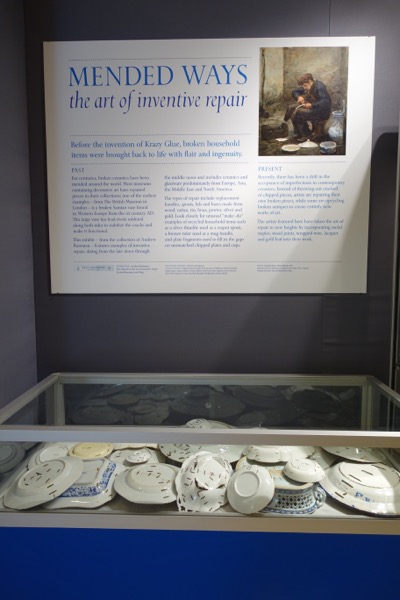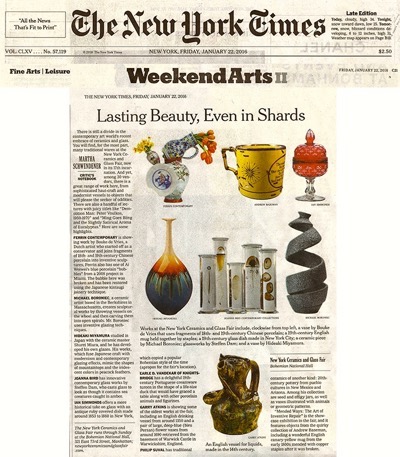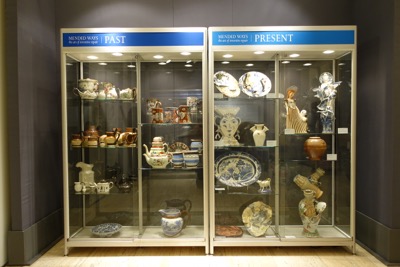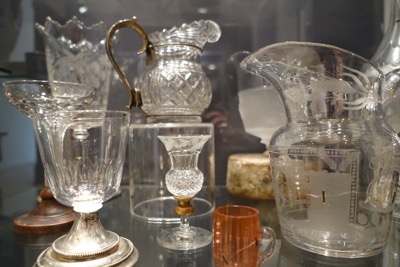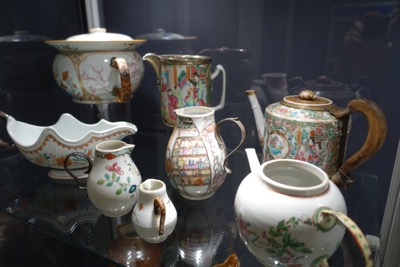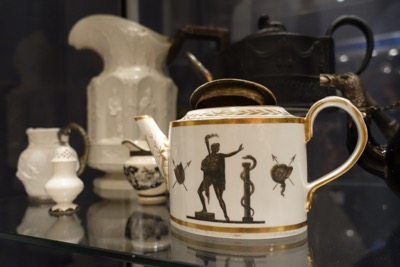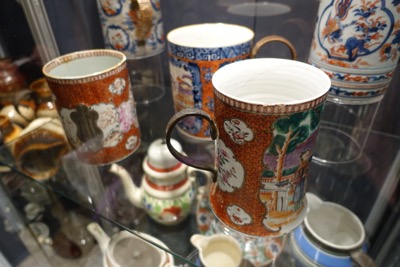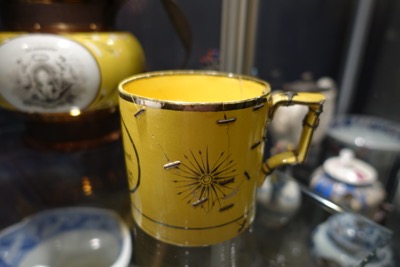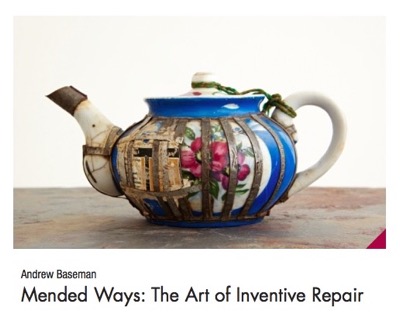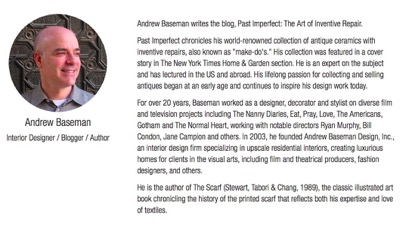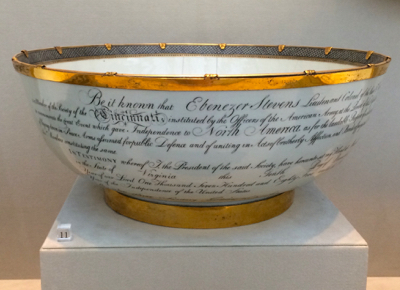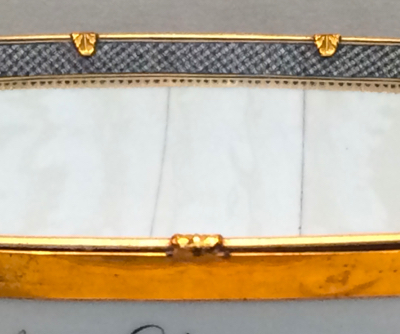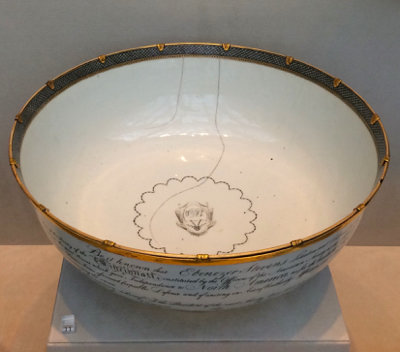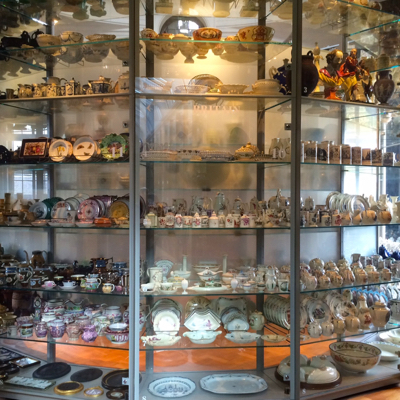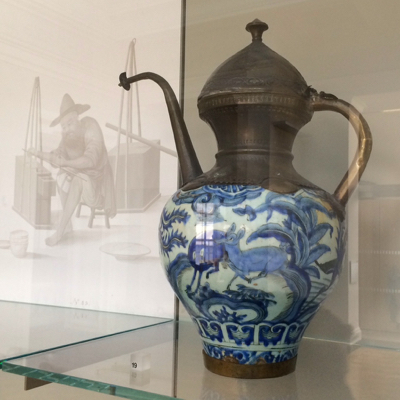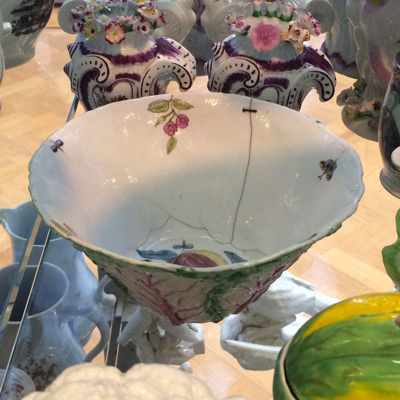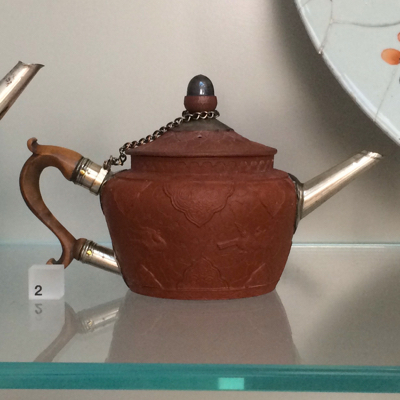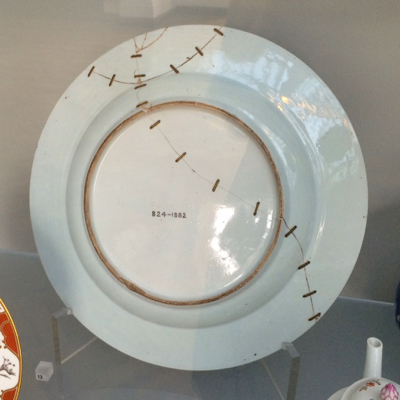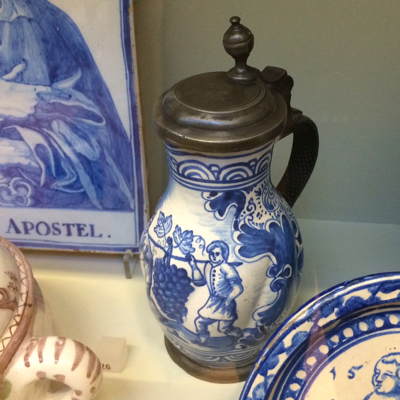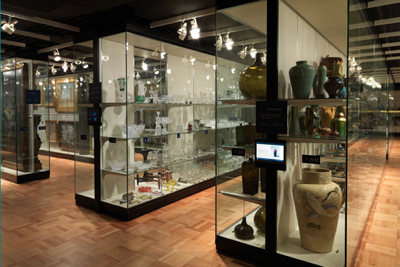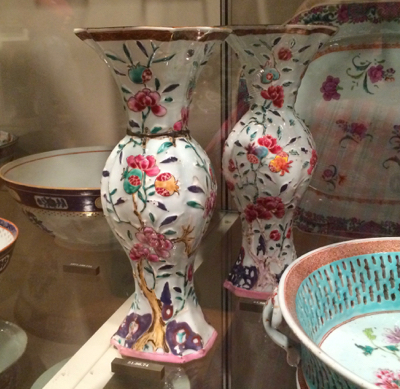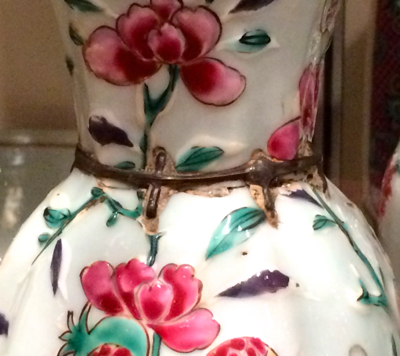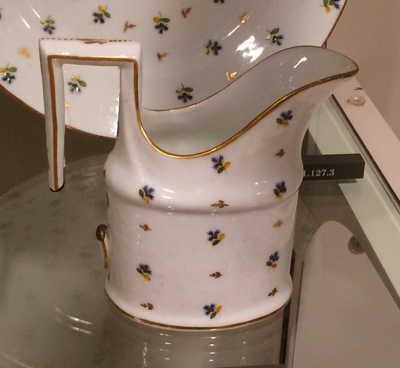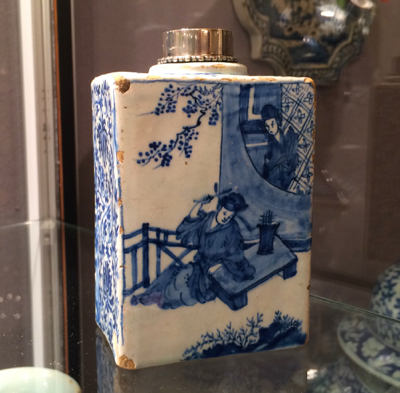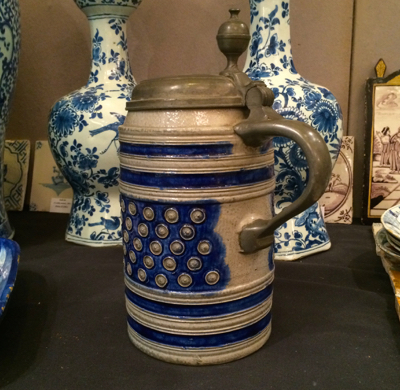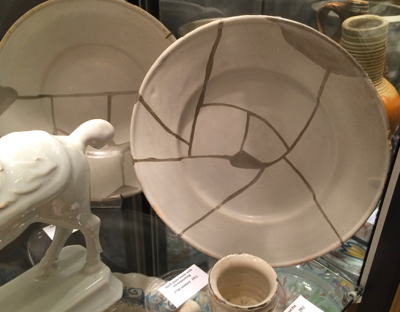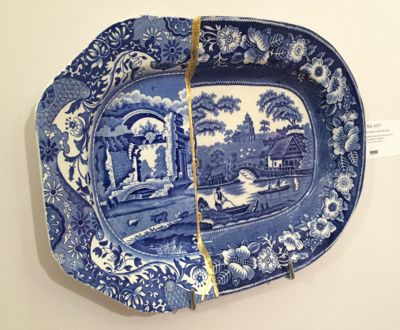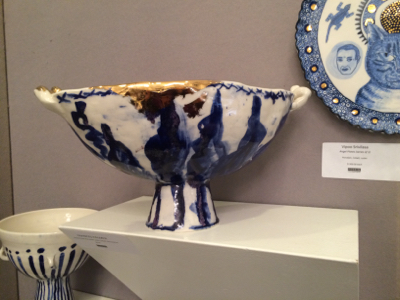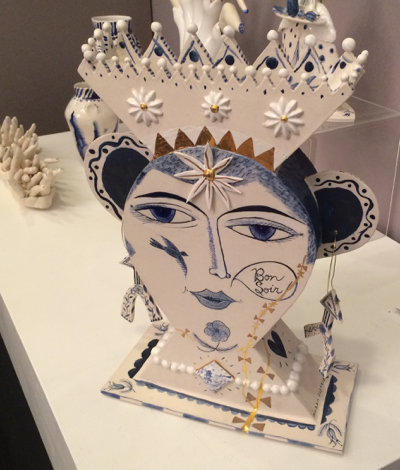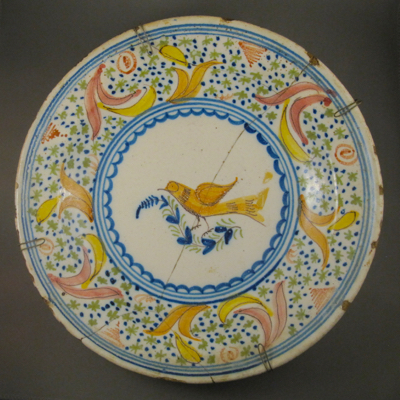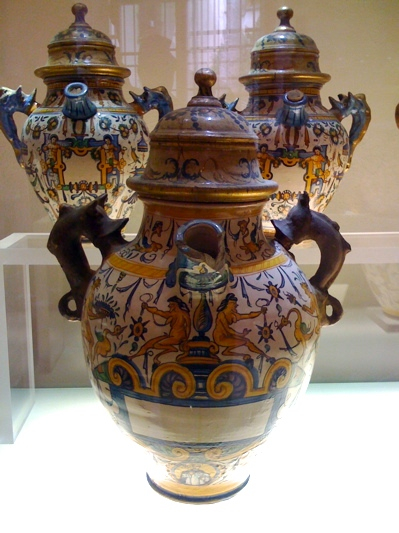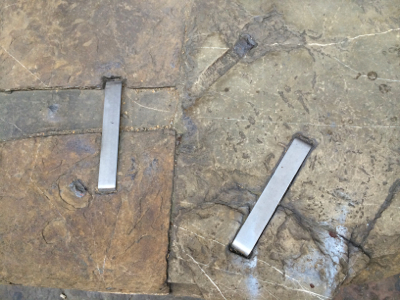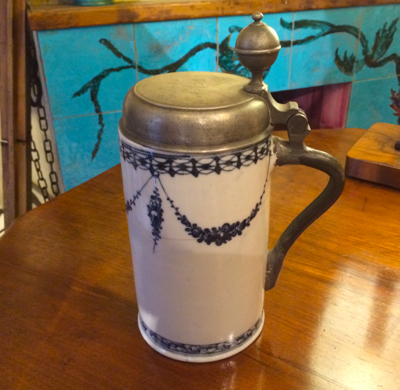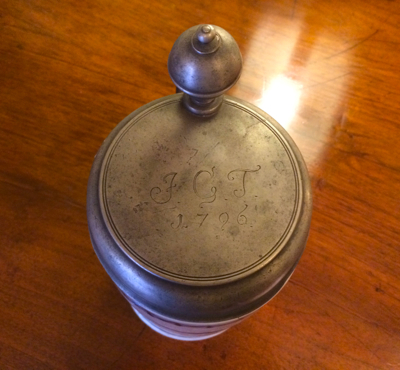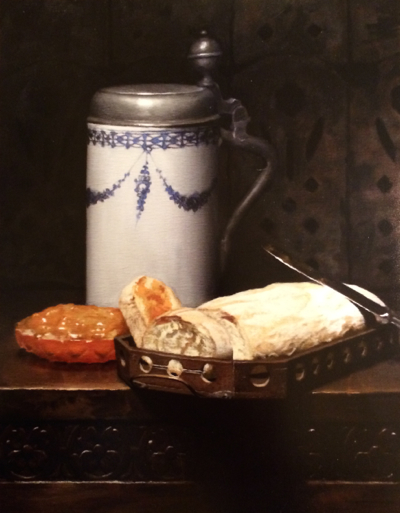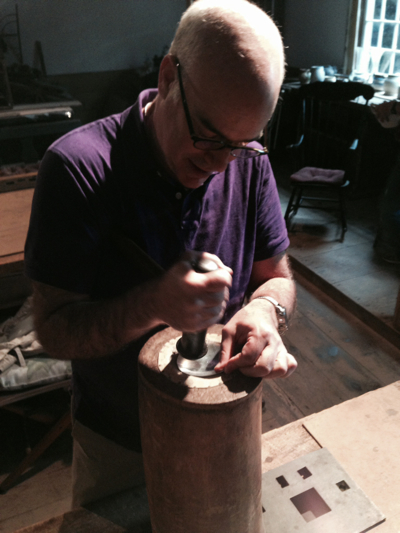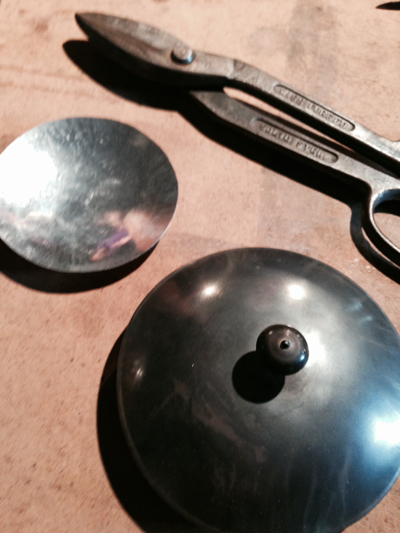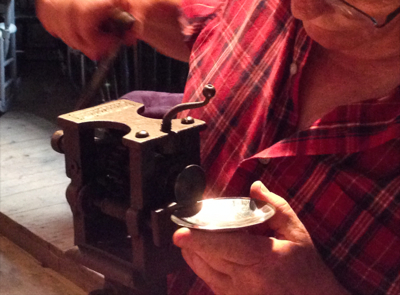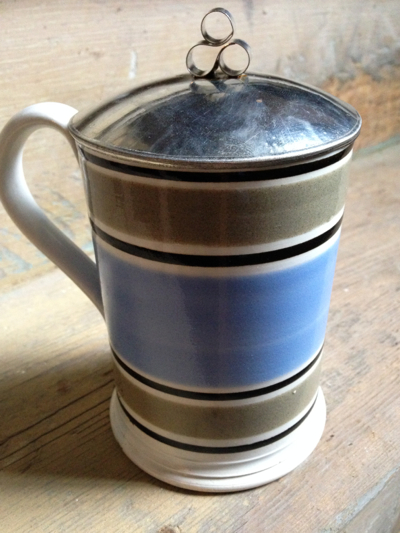I met Don Carpentier in 2012 when he asked me to give a lecture and show examples from my collection of antiques with inventive repairs. From the moment I entered the Brigadoon-esque Eastfield Village, his paradise on earth, we immediately hit it off and discovered we had many friends and interests in common. Don was one of my biggest supporters and was always there for me to help identify unusual pieces, show me how to detect fraudulent repairs (some made by his own students!) and cheer me on during my very first lecture.
A glimpse of Eastfield Village, consisting of over 20 buildings from the late 18th to early 19th century, including a pottery studio, print shop, blacksmith shop, tinker shop, doctor’s office, tavern, general store, and church. Each building was found within a 50 mile radius of Don’s home and was disassembled piece by piece, brick by brick, and reassembled on his property.
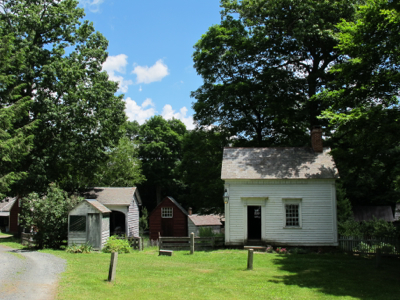
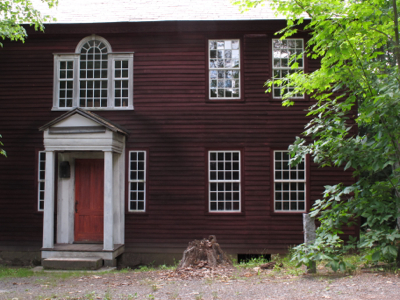
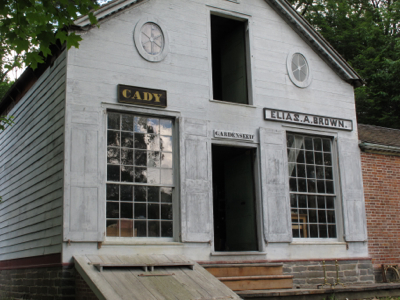
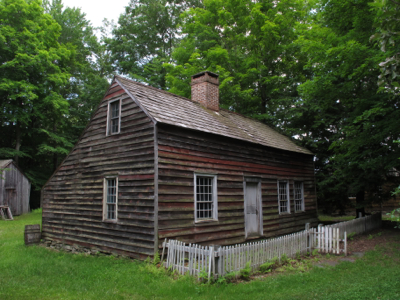
Don helping me set up for my first lecture at Dish Camp, 2012.
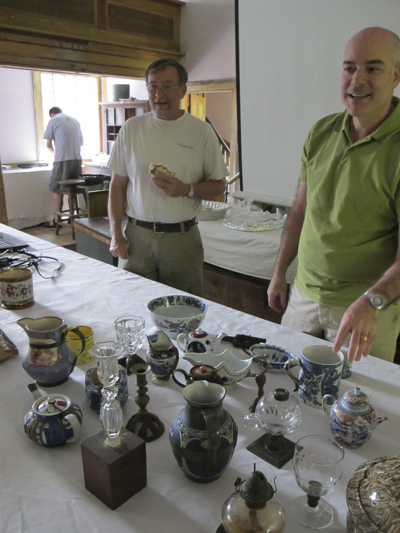
This pressed glass master salt with a make-do wood replacement base was given to me by Don as a token of thanks for my participation as a lecturer.
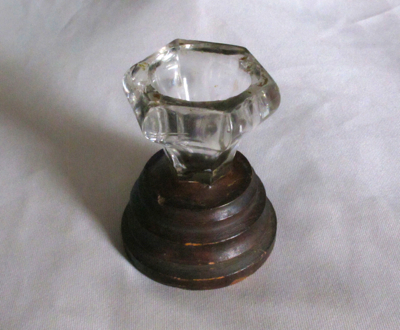
Don making a tin handle during the first Making Make-Do’s workshop in 2013.
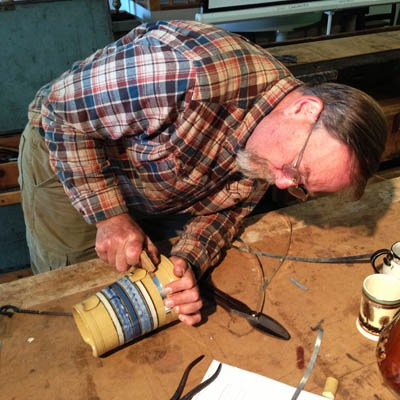
The finished product, which I proudly display in my farmhouse.
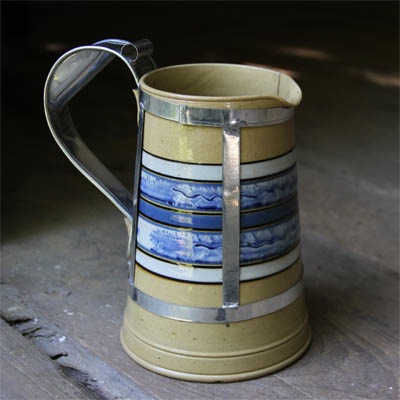
Two examples of Don’s reinvention of mochaware, using the original molds and techniques of the 19th century. The bowl on the right was a wedding gift given to me by my mother last October.
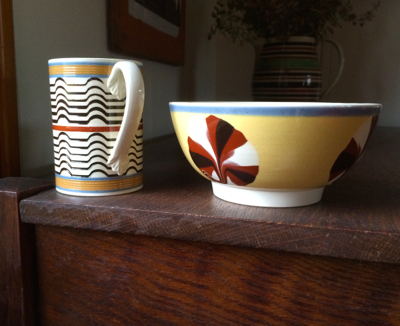
This past June I participated in the second Making Make-Do’s workshop and made a tin lid for my Worcester teapot. I was helped by (left to right) Olof Jansson, William McMillen, and Don.
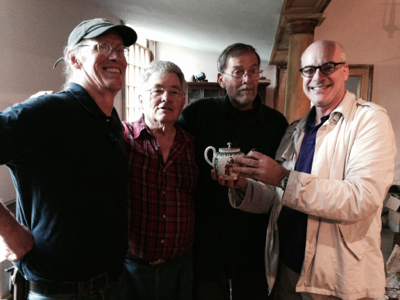
Thank you Don for sharing your enthusiasm, knowledge, and friendship. Words can not express how much you will be missed by those close to you and by the antiques world in general.
